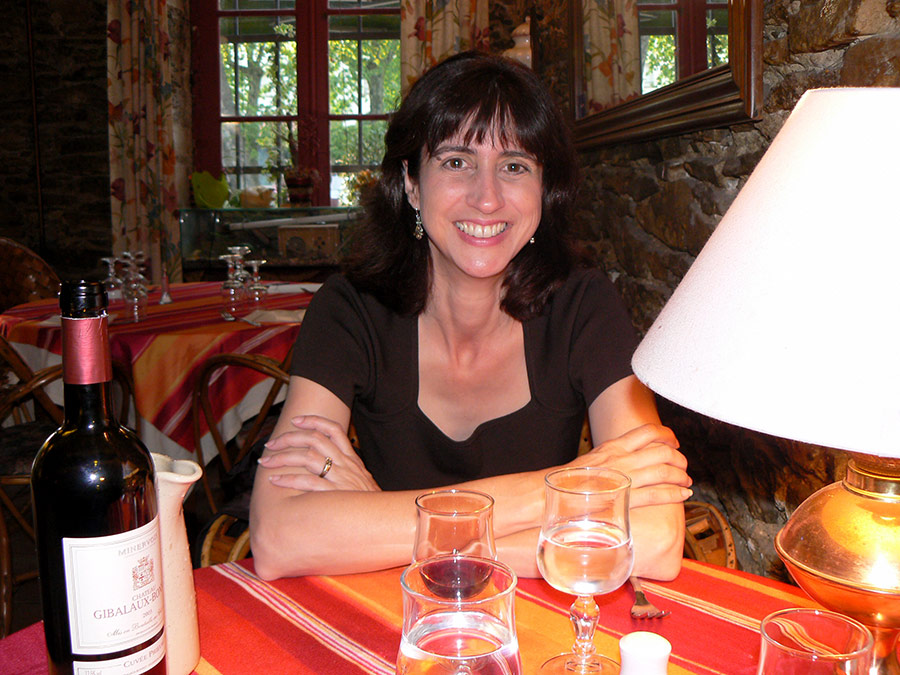
Elizabethan audiences had no expectations that the plots invented for the rowdy stages of London playhouses would be completely new and original.
When Shakespeare developed the scripts of Julius Caesar, Antony and Cleopatra, and other Roman plays, he adapted his plots from Plutarch’s Lives of the Noble Grecians and Romans. In relying on a historian’s translation of these biographies (which Plutarch wrote for readers in the 1st-century A.D.), Shakespeare followed the literary fashion of his time.
For portraits of the kings in Richard III, Henry V, and other histories, Shakespeare drew inspiration from Edward Hall’s The Union of the Two Noble and Illustre Families of Lancaster and York and A Mirror for Magistrates, written by various authors. The juicy stories that underpin Shakespeare’s Venus and Adonis, The Rape of Lucrece, and the wildly popular comedies and romances performed between 1596 and 1611 owe a singular debt to Ovid, the Roman poet of love and seduction who was exiled by Emperor Augustus in 8 A.D.
In How the Classics Made Shakespeare, the eminent scholar and critic Jonathan Bate nimbly revisits how the world’s greatest playwright relied upon sources like Plutarch and Ovid, but he offers a deeper, erudite investigation into how the sonnets, narrative poems, and plays are inspired by other canonical “ancients” like Cicero, Horace, Seneca, and Virgil. This latest book cogently builds upon Bate’s ambitious work, Soul of the Age, a biography of Shakespeare’s mind, and his earlier Shakespeare and Ovid.
Acknowledging the plethora of works about Shakespeare’s classical sources and influences, Bate sets out to capture not only “the diversity of Shakespeare’s direct and indirect encounters with the classics,” but also the ways in which Elizabethans were driven to imitate Roman literary models. This impressive work will enrich the library of any serious Shakespeare enthusiast. Because it presupposes some familiarity with Shakespeare’s poems and plays, I wouldn’t recommend it for the casual playgoer. (And because “House of Fame,” the culminating chapter, is more accessible than others, I would have enjoyed reading it at the outset. It serves as an excellent overview of how Shakespeare became a “canonical” writer, and how English literature eventually displaced the classics within the university.)
In his opening chapter Bate intrigues us with the notion that regarding “matters of ethical debate, the Shakespearean way of thinking was more akin to pagan reflection than Christian doctrine.” In subsequent chapters, he discusses the ways in which the plays suggest the dramatist’s occasional focus on the persistence of Catholicism in the Elizabethan sensibility, despite the ascendance of Protestantism, the new religion. He concludes, for example, that the ghost in Hamlet, who identifies himself as ‘thy father’s spirit,’ is doing his penance in Purgatory. He then explains why the Protestant reformers abolished the idea of Purgatory.
To set himself apart from other experts in this area, Bate proposes that “Shakespeare was almost always Ovidian, more often than is usually supposed Horatian, sometimes Ciceronian, occasionally Tacitean, an interesting mix of Senecan and anti-Senecan, and…strikingly anti-Virgilian…” Thankfully, he provides ample background about the works and cultural contexts of these authors, why the Renaissance humanists revered them, and how Shakespeare’s schooling and Elizabethan public discourse were steeped in such “antique” stories and genres.
Plays such as Love’s Labour’s Lost, for instance, were profoundly shaped by the principles of classical rhetoric — i.e., the art of persuasion engendered by Cicero and Quintilian — and the tropes that Shakespeare memorized in grammar school.
Bate argues that in Much Ado About Nothing, Hamlet, Julius Caesar, King Lear, and others, Shakespeare tended to tackle moral questions about love, power, revenge, and evil through dramatic conflict and oratorically persuasive techniques of artful protagonists. He explores how the Aristotelian principle of deliberative rhetoric —pondering both sides of a question — is embodied in the plays’ central conflicts. (Consider Hamlet’s lengthy discourses on revenge and suicide and how various figures in The Merchant of Venice grapple with the moral paradoxes surrounding Antonio’s bond with Shylock.)
The section in which Bate addresses Shakespeare’s affinity for the political arts of Cicero; Horace’s embrace of moderation within his poetry; and Epicurus’s belief in the cultivation of pleasure and an agreeable nature in the pursuit of the good life should prove useful to readers with little knowledge of these writers and the staying power of their ideas.
In the chapter titled, “In Defense of Phantasms,” Bate traces the evolution of the 16th-century view of poetry as image making, and why it had the potential to offend the Puritan sensibility during the Reformation. He also discusses how Elizabethans would have associated love, or eros, with magic, pondering how poets of the time linked the two notions.
Not surprisingly, Shakespeare made his career on the stage by eloquently probing the connection between love and magic. In one of the most frequently quoted passages in A Midsummer Night’s Dream, Theseus asserts that ‘the lunatic, the lover, and poet/Are of imagination all compact,’ implying that madmen, lovers, and poets fantasize and create images in synergistic ways.
In my favorite chapter, “Walking Shadows,” Bate posits that Shakespeare uses ghosts, devils, and spirits as devices to enhance the dramatic potential of his plays. He traces the classical roots of the Ghost in Thomas Kyd’s The Spanish Tragedy, and how this play is indebted to the Ghost of Thyestes in Seneca’s ancient Roman play, Agamemnon. He suggests that Seneca’s use of external ghosts as “fictional personas” was internalized and transformed by Shakespeare into an “internal mental state.” By illustrating how the ghosts that appear before Julius Caesar, Hamlet, and Macbeth are often invisible to others in these plays’ respective scenes — unlike Seneca’s ghost in Agamemnon — Bate proposes that Shakespeare’s “ghosts and spirits may be phantasms or mental states, not supernatural phenomena.” Shakespeare reinforces this notion by not allowing every character in a given play to see or perceive the ghost.
In Ben Jonson’s dedication to Shakespeare in the 1623 First Folio — glowingly prefaced with “To the memory of my beloved, …And what he hath left us — he includes the verse, “And though thou hadst small Latine, and lesse Greeke…” Today some experts presume Jonson made this assumption because Shakespeare lacked a university education. The verse has prompted centuries of controversy, inspiring scholars to defend Shakespeare’s classical bona fides, in part, by arguing that an Elizabethan grammar school education was sophisticated and far-reaching by today’s standards.
How the Classics Made Shakespeare persuades us that Shakespeare’s knowledge of ancient Greek and Roman poets, thinkers, and dramatists displayed deep erudition. But Bate does much more than simply analyze how classical writings are manifested in specific sonnets, narrative poems, and plays. He creates a rich framework for viewing the culture of the ancients through the lens of Elizabethan humanists and freelance dramatists, as well as the old and new religions of 16th– and early 17th-century England.
.
This review originally appeared at https://www.playshakespeare.com.

Consider me a professional interpreter of William Shakespeare for intelligent readers who never warmed up to the world’s greatest playwright in high school or college. I delight in helping modern readers and audiences translate iconic texts, especially antiquated dramatic works that were meant to be experienced inside the theatre.

